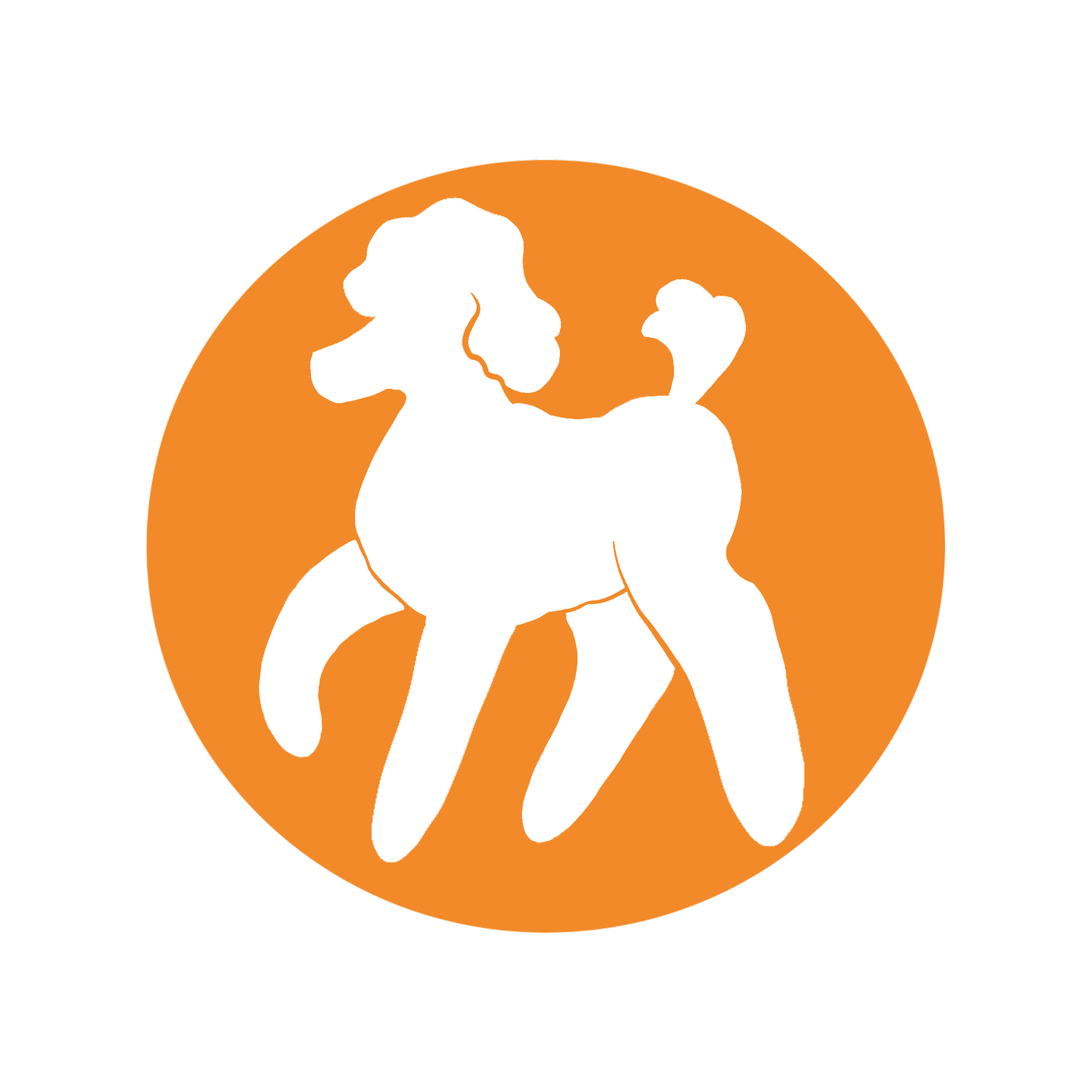What is learner led button communication?
Let’s start at the beginning - we believe that teaching animals to use and talk with buttons should be learner led, and here we’ll explain what learner led button communication is all about.
First things first
A learner is what we call an animal who we are teaching to use communication buttons.
Learner led communication is the mindset we want you to be in when you’re teaching and using communication buttons. How and when your learner chooses to use their buttons to talk to you should be entirely their choice.
Learner led communication is also about listening to the button presses of your learner and responding positively - after all, why would we teach our dogs and cats to talk and then not listen to what they have to say!
So what is button teaching all about?
As teachers, our job is to demonstrate how buttons work, and that they are useful and important.
And how do we do that exactly?
We build that foundation by showing our learners that:
Buttons are safe and make noises when pressed (by pressing them ourselves)
That each button makes a different noise (by pressing them frequently so learners can hear the different sounds)
That the noise they hear is a word which represents a specific concept (by using that word when carrying out the related activity/interacting with that object/person)
When a specific button is pressed that a specific thing happens (by pressing the button before and during the activity or interaction).
It matters which button they press, because different buttons do different things (by reacting appropriately to the buttons our learners press, even when we know it isn’t actually the thing they want)
I’ll get round to reading the definitions page, but what terms do I need to know?
When we talk about “Button Modelling” or “Modelling” we mean the act of the teacher using the button to show the learner how it works.
We also talk about “Verbal Modelling” which is when we speak the word rather than (or in addition to) pressing the button, to show our learner what the word means.
We use “Word” to mean the word that we choose to put on the button and use in our Modelling to represent a concept - which could be “Pets”, “Cuddle”, or “Snuggles” for example.
The “Concept” is the meaning - for the example above that might be “ showing welcome physical affection.”
We would then Model that Concept by applying the Word when we do that thing - “Mom Cuddle Puppy” but also when the learner does it themselves, or isn’t directly involved but sees it happen, “Puppy Cuddle Sister” or “Mom Cuddle Sister.”
So is this training?
We always use the term “Teaching” to talk about button communication. This is very different to how we teach animals obedience or trick training, as we’re not trying to ask them to do anything on cue - this is all about allowing our learner to interact with the buttons as and when they want to (or not at all if that’s their choice on that occasion).
Dogs wag their tails when they are happy (not always but let’s keep this simple!). If I were to teach my dog to wag its tail on cue, that doesn’t make it happy. That’s the difference between buttons and tricks - we’re aiming for independent communication around concepts that we identify. Making your learner press a button means you’re taking choice away from them, which is the opposite of why we are introducing buttons.
So how do I get my dog or cat to press buttons?
You don’t make or “get” your learner to do anything. Using buttons is always their choice. You show them how the buttons work and that they do cool things, which makes them worth learning about and pressing. We want our cat or dog (or peahen) to decide to use them when they’re motivated to do so.
You should never force your learner to give you attention when you press buttons, to go to a button. You never ask your learner to press a specific button, or any button. That’s what makes this learner led - all communication is on the learner’s terms.
So how do you teach learner led button communication?
We’ve written lots of information to help you teach in the resources section, and we’re adding more all the time.
Teaching involves helping your learner understand the words you’ve chosen to use by verbally modeling those words alongside modelling with the buttons. You will also model verbally when you’re away from the buttons but doing something you want to talk about with buttons, such as trips outside or going for a walk.
The other thing we need to do as teachers is show that it’s OK for the learner to press a button. That happens in time and by taking advantage of accidental and experimental presses. We never cue or request a button be pressed - this is learner led remember!
Button use needs to be on the learner’s terms and at their pace, and it can take time and patience. This is particularly important for nervous learners as they need to interact with the soundboard and buttons on their own terms and will grow in confidence as they see the buttons being used. For highly trained learners (like agility trained dogs) this can be especially challenging as it’s often the case that a highly trained learner is going to be more careful around a foreign object they don’t think is theirs, and generally less likely to interact with things unless you give them permission.
Related and further reading
If you’re unsure of any of the terms we use, take a look Definitions.
